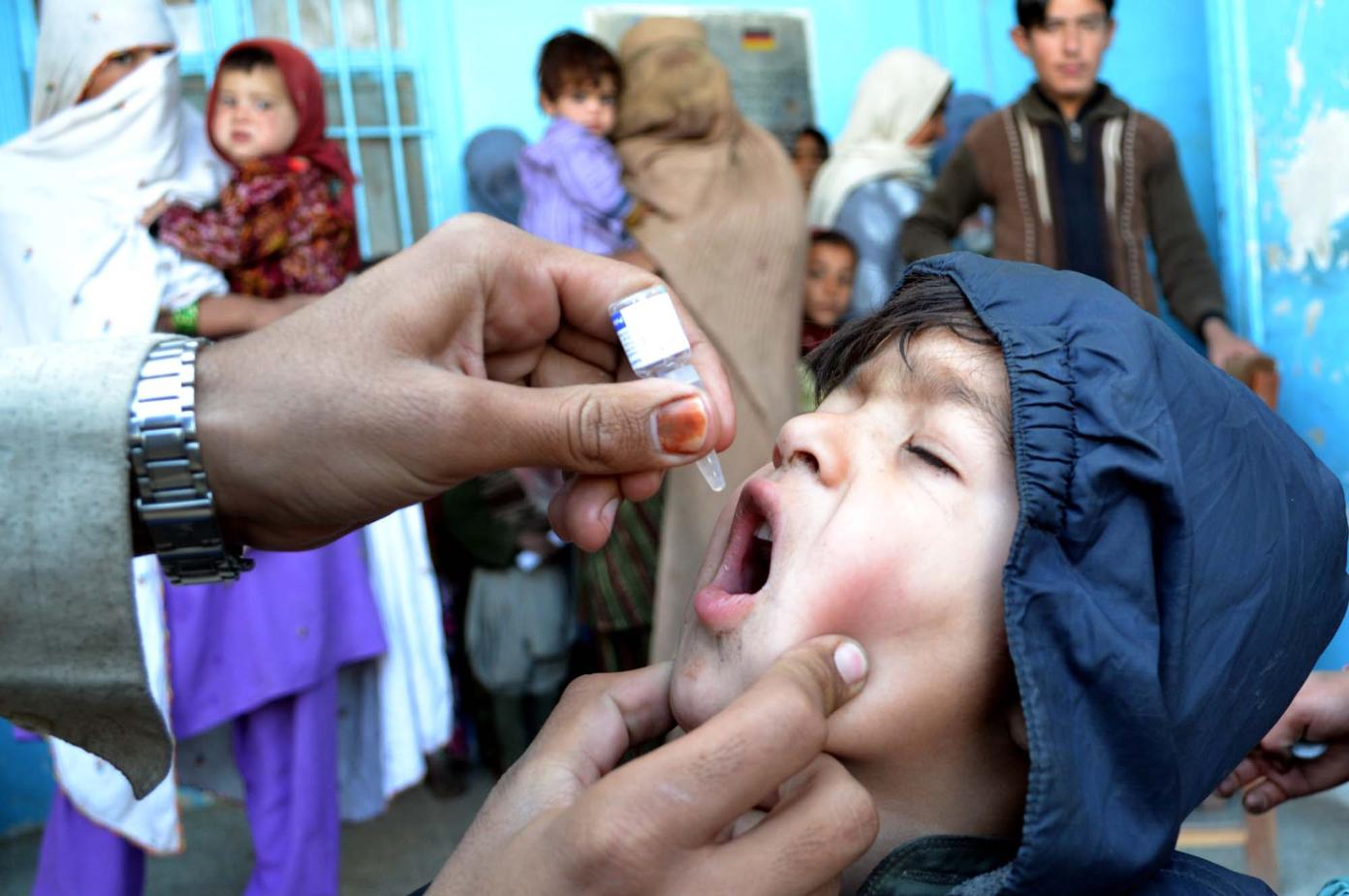Decades of conflict, poverty, natural disasters, and drought have led to many people in Afghanistan being on the move. Close to six million have gone to neighbouring countries, including more than 2.2 million registered refugees in Iran and Pakistan.
This presents public health challenges. Afghanistan and Pakistan both have high rates of tuberculosis (TB). Iran has comparatively lower rates, but estimates are that Afghan migrants account for one in five cases in the country.
Ensuring good health for populations on the move is tricky. The multi-country Global Fund grant in Asia aims to find and treat TB cases among mobile populations across Afghanistan, Iran and Pakistan.
Finding and treating new TB cases among mobile populations is one of the biggest challenges: many people are unregistered and undocumented, and the stigma around TB remains high. Even if they are registered, living conditions, socio-economic status and limited access to health care are barriers to TB services. It is very likely that many cases of TB are missed by health systems among mobile Afghan populations in the three countries covered by the Global Fund grant. These cases need to be found and treated to avoid further spread of the disease, including drug-resistant forms.
The Global Fund grant managed by UNDP works to strengthen collaboration and information sharing among Afghanistan, Iran and Pakistan to ensure continuity of care for patients relocating from one country to another.
As part of this work, UNDP supported the introduction of a cross-border digital platform for recording and reporting TB cases among refugees, returnees and mobile populations. It was designed in partnership with national TB programmes, the Global Fund, the United Nations High Commissioner for Refugees (UNHCR), International Organization for Migration (IOM) and others.
The platform was developed by Dure Tech and leverages the WHO Prevent TB Digital Platform. It is based on open-source technology and includes a patient-centered module, as well as built-in interoperability with health information systems, enabling the monitoring of TB patients across the continuum of care and across borders.

 Locations
Locations


